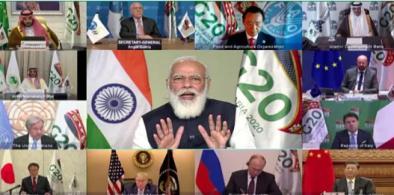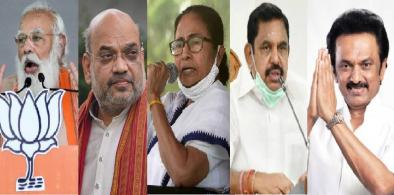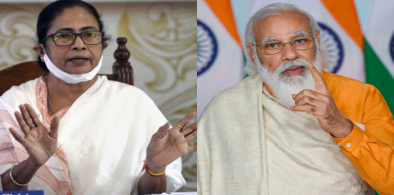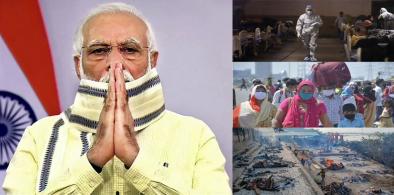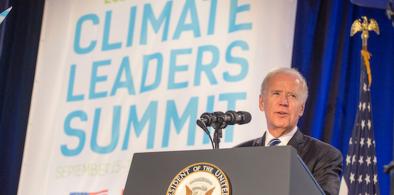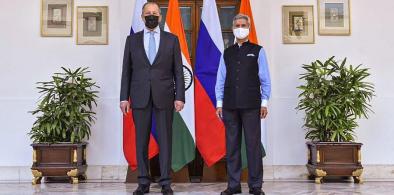India's foreign policy mandarins know more than anyone else that altruism does not exist in international relations and diplomacy must be conducted on the basis of realpolitik acting only in pursuit of their self-interest, writes Lt Gen Yash Malhotra (retd) for the South Asia Monitor

Gender Diplomacy: A New Peace Project For India‑Pakistan And South Asia
Aside from digital platforms for women-owned business, another concrete example could be to foster women-led marketplaces. Located along borders between the two countries, these could be designed to be safe, offering clean facilities and childcare. Stable and lower cost customs and visa processes could help restore trade relations and the trust of local communities affected by conflict.
With BRICS Presidency, India Will Have To Walk A Fine Balance
There is a difference between a BRICS common currency and de-dollarisation. While trade in local currencies is a compulsion due to sanctions and other changes in the global economic landscape, a BRICS common currency is not feasible due to economic and geopolitical reasons. India’s presidency of BRICS will be important, since it will have to walk a fine balance. While voicing the concerns of the Global South it would not want to get caught in a zero-sum geopolitical wrangling.
Pakistan Year Review 2025: Deep State Grip Tightened
The year 2025 marked a mix of turbulent times for Pakistan with weakening yet stabilising economy, fractured, fragile polity and civil society, rise in enforced disappearances and heightened militancy. It also saw diplomatic initiatives with Asian states and resurgence of engagement with the United States. Overall, the Deep State with Pakistani Army leadership at the core continues to dominate the governance structures and institutions, further impinging on the democratic credentials of the country.
Lessons from the Venezuela Takeover: When Laws Are Irrelevant Without Enforcing Mechanism
It is clear that in those 'virtual' negotiations, the participating sides were the US, Russia and China. The EU, including Denmark, the country whose territory Greenland is, was not. India neither. The old rule that if you are not part of the negotiations, you are likely a subject to the decisions, holds true. Possible future steps would include annexation of Greenland, as indicated by Trump on multiple occasions, including also in interviews after the Venezuela takeover. This would achieve another objective – to weaken the EU further, as no EU state will likely challenge the US if the annexation happens.
Vaccination and vaccine purchase politics: Can India attain herd immunity?
But most experts agree that the country can reach ‘herd immunity’ if 70 to 80 percent of the population is fully immunised. That comes to a population of 1.05 billion, for whom 2.10 billion doses are needed, writes Vinod Aggarwal for South Asia Monitor
Is the US set to repeat past mistakes in Afghanistan?
It would be interesting to know how American security experts view the threat perceptions from the numerous affiliates of the bodies in the Afghanistan-Pakistan region, some of whom target India, writes Mahendra Ved for South Asia Monitor
Is the tide running out for Modi?
But for the waning of his appeal, it is difficult to explain why the BJP came a cropper in West Bengal even after the enormous effort which both Modi and his powerful Home Minister Amit Shah put into their campaigns in the state with scores of public rallies and roadshows, writes Amulya Ganguli for South Asia Monitor
Vaccine diplomacy and Chinese moves in South Asia: Can Beijing live up to its promises?
Pakistan, Afghanistan, Sri Lanka and Nepal have joined the Beijing-led Platform along with Bangladesh. India, the largest country in South Asia, has stayed away, writes Swadesh Roy for South Asia Monitor
Bengal elections and the future of Bengali regionalism
The future of regional politics in India depends on not just exploiting local tradition and pride for elections, but in beefing up governance, economy, public delivery of benefits and taking on Delhi when the interest of the state is at stake, writes Subir Bhaumik for South Asia Monitor
Decoding the India-Pakistan ceasefire: Optimistic conclusions misplaced
As the two countries move towards a thaw on the LoC, it is in their interest to put the contentious issues on the back burner and resume the people-to-people contacts as they did in 2003-04; resolve the Kulbhushan Jadhav issue; activate the South Asian Association of Regional Cooperation; and engage in trade and commerce, writes Mayank Kumar for South Aisa Monitor
Colombo Port City vital to Sri Lanka's future growth - with some Chinese help
The incumbent Sri Lanka Podujana Peramuna (SLPP) government took effective steps to expedite the Port City project, which could attract USD 15 billion in investments, and emerge as a leading business, retail, residential and tourist destination in South Asia, writes Sugeeswara Senadhira for South Aisa Monitor
India's Covid tragedy: Voodoo politics, lack of foresight expose misgovernance
There is little doubt that the whole of last year when the virus first appeared was spent in theatrical exercises based on a personality cult instead of strengthening the medical infrastructure so that the country would not be caught unawares when a second wave struck, writes Amulya Ganguli for South Asia Monitor
Come Home America: The implications for India and AF-Pak region
The withdrawal of the US forces will increase India's concern about the recapture of power by the Taliban and the use of Afghanistan’s territory as a safe haven for terrorists, writes Indu Saxena for South Asia Monitor
Nepal’s democracy day: Time to implement constitution in letter and spirit
It’s high time for the people and the government to come together in devising a robust mechanism for the implementation of the constitutional provisions, for the republic, deserves to realize the cherished goals envisioned under the preamble, write Jivesh Jha and Dr Alok Kumar Yadav for South Asia Monitor
Biden's Climate Summit: Developing nations like India should bring climate finance on top of agenda
While carbon neutrality will be the pitch during the summit, PM Modi should use climate diplomacy not only to remind the developed countries about common but differentiated responsibilities and their past commitments, but also to institutionalize the mechanism and alliance jointly with USA, for tracking the climate finances to developing countries and mainstream climate justice, writes Rajendra Shende for South Asia Monitor
Need to develop international guidelines to regulate military activities in EEZs
Amid the divergent claims by the US and the Indian governments, it is important to delineate the correct position of international law on the military activities in the EEZ, writes Aftab Alam for South Asia Monitor
Dangerous agenda: More mosques in Hindutva's crosshairs
Since there is little chance of the BJP desisting from its pursuit of religion-based politics which places the surmises, predilections and objectives of the party’s Hindu followers above those of the minorities, the country will have to brace itself for a prolonged period of Hindu-Muslim confrontation, writes Amulya Ganguli for South Asia Monitor
Russia holds the key to India’s Eurasian policy
India is one of the few powers that sit at crossroads of Continental Eurasia and the Indo-Pacific --- the two regions that will define this century and to which India's development and security are inextricably linked, writes Lt. Gen. (Dr) Yash Malhotra (retd) for South Asia Monitor





